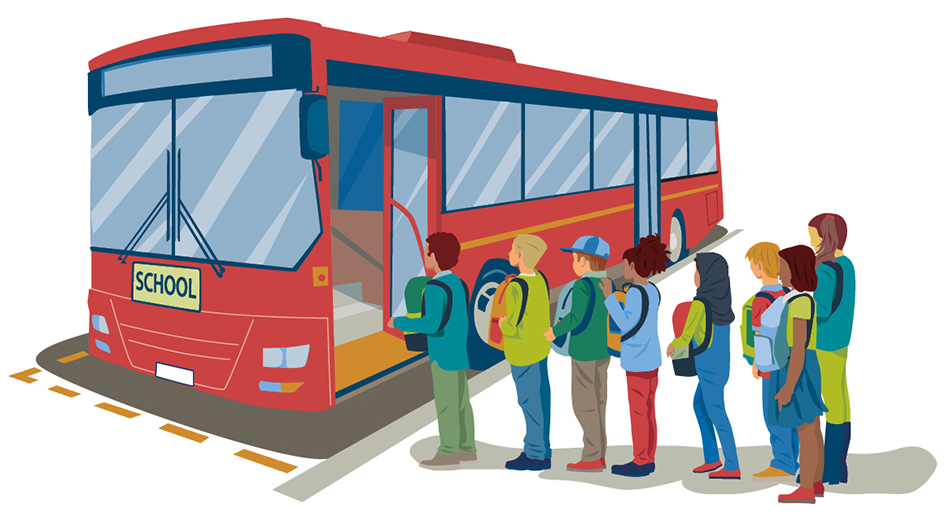Access keys for nzta.govt.nz
- h Home
- m Menu
- 0 Show list of access keys
- 2 Skip to content
- 3 Skip to top
Police wants to encourage parents to talk to their children about being safe around roads, as well as to be safe themselves.
This comes as people are coming back from holidays and returning to work and parents are preparing their children to start or go back to school.
“Young children can be excitable and can be distracted when they’re walking or busing to and from school. That means they may miss hazards on the roads, so it’s important to instil in them from an early age just how important being safe around roads is,” says Senior Sergeant Paul Simcox, Acting Operations Manager for the National Road Policing Centre.
“It is also important to remind them of these safety messages frequently, even as they become young adults. As teenagers they may be more prone to having their heads down in a phone and potentially not paying attention when they should be, such as when crossing a road.”
Police suggest parents sit down with their kids and have a conversation around road safety rules.
If your child is going to school on their own for the first time, show them the safest route to get to school and back home and practise with them, including the safest places to cross.
“It is important to remind children, and to remember ourselves as adults, that any time we cross a road we must stop, look, and listen for any cars, motorbikes, or cyclists before stepping out.
“If you’re wearing head phones, take them out or mute them for a minute. If you’re talking on the phone, ask the person to wait one moment; pause the conversation so you can focus on crossing the road safely.
“If you break the rules – your children will think it’s ok for them to break the rules. That can put lives in danger. So let’s all set good examples for the people around us.
“Motorists; remember to watch your speed around schools and be extra alert in case a child runs out in front of you without warning. Children can make mistakes and they don't deserve to pay for them with their life.”
Police also reminds drivers the speed limit for passing school buses stopped to let children on or off is 20 km/h.

“Even small increases in speed result in a much greater increase in your stopping distance, and that can mean the difference between life and death for pedestrians.
“How you drive or ride makes the difference, as does how much attention your pay as a pedestrian. Stay safe on our roads,” says Senior Sergeant Simcox.
The NZ Transport Agency has video resources for children walking to school:
Walking to school: Useful videos and tips